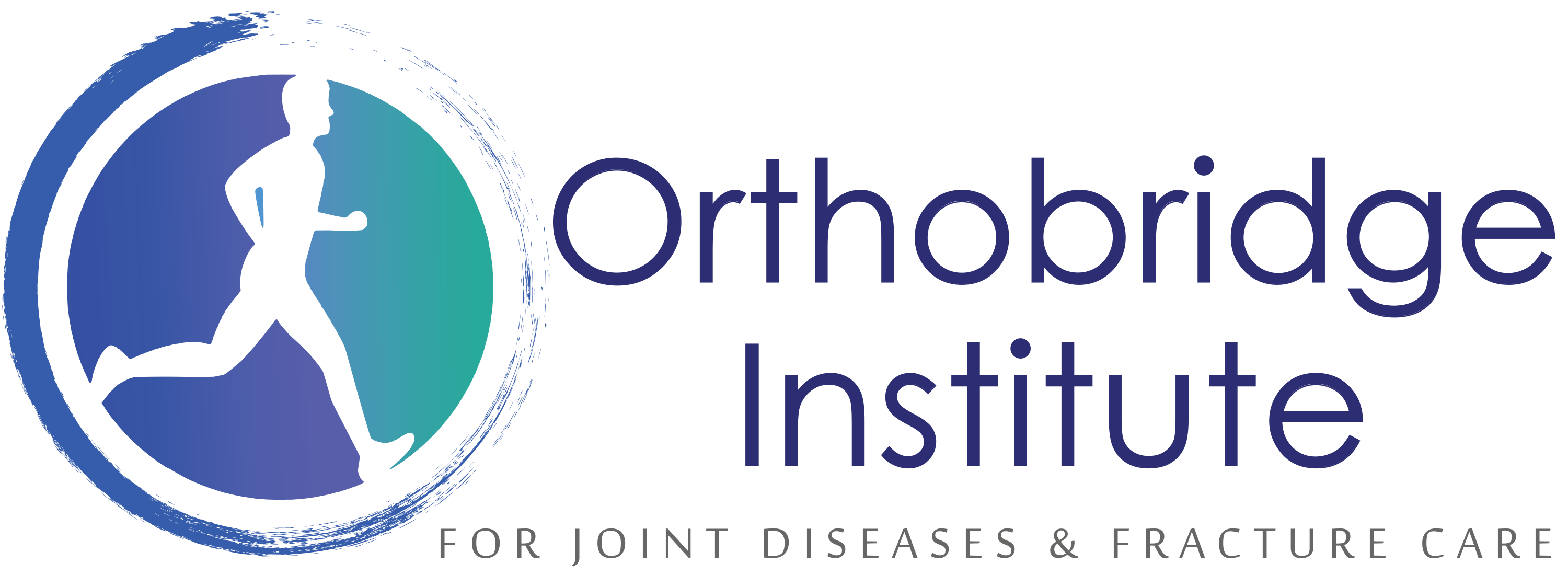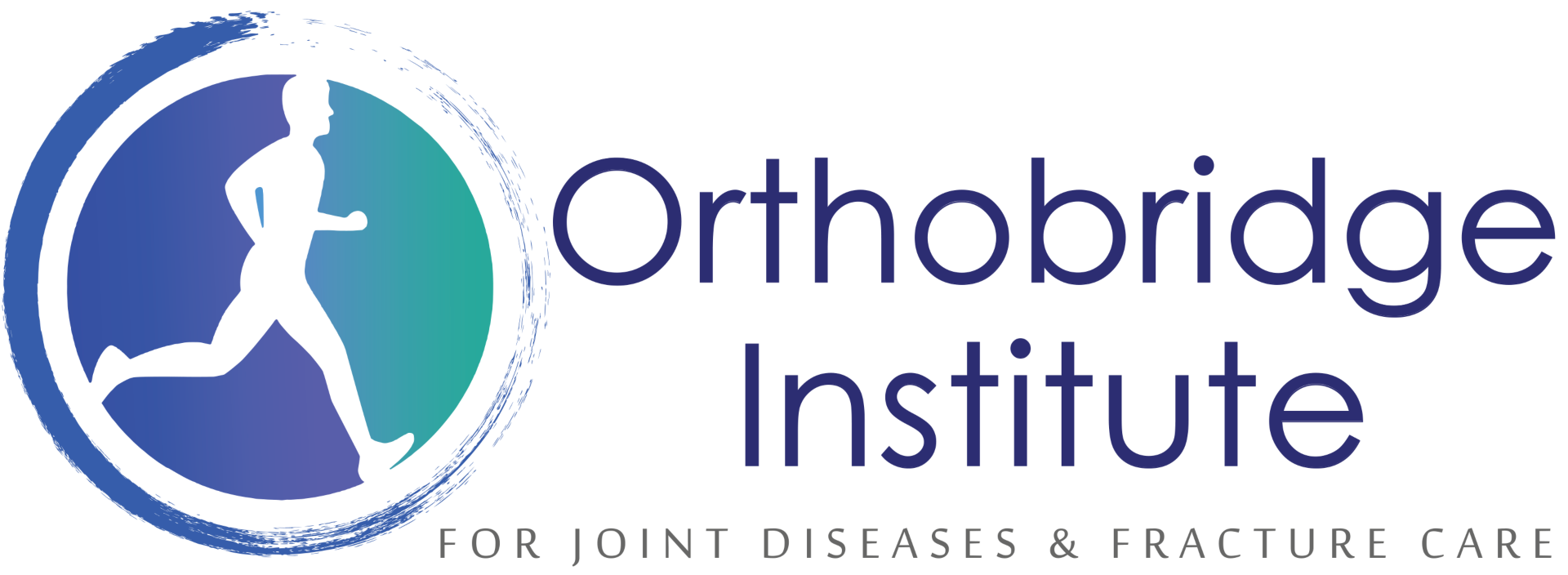Percutaneous Laser Disc Decompression (PLDD)
At Orthobridge Orthopedics Centre in Kenya, our mission is to provide top-quality spinal care with customized treatment plans
that fit the precise needs of each patient.
Treating Chronic Back Pain with Percutaneous Laser Disc Decompression (PLDD)
If a disc bulges or ruptures, it can press on your sciatic nerve which may cause pain in your leg or feet, even though the origin of the pain is in your spine.
Traditional disc-decompression surgery requires an incision to expose the vertebrae and damaged disc and then trim the disc tissue using surgical instruments. Percutaneous decompression offers a less invasive approach.

Orthobridge Orthopedic Centre has a team of back pain specialists in Nairobi, Kenya focused on the innovative treatment of spine pain. Our doctors focus on relieving your back pain & neck pain using conservative treatments, therapies, and non-surgical options.
OTHER SERVICES.
Leave Us a Message.
What is Percutaneous Laser Disc Decompression?
Percutaneous laser disc decompression (PLDD) is a method of relieving pressure on nerve roots in the spine, such as from herniated discs. It aims to significantly reduce pain and recover the neurological deficit.
Compressed nerve roots can cause pain, tingling, numbness, weakness, and other symptoms in the back, neck, arms, and legs.

Instead of surgically removing the source of the compression, laser disc decompression works by using laser energy to destroy it.
PLDD is safe, effective, and minimally invasive, and for these reasons, it is the procedure of choice at Orthobridge Orthopedic Center.
Symptoms of a Herniated Disc
- Leg, arm, neck, and lower back pain: If the herniated disc is in the neck, pain can radiate into the shoulder and arms. Pain can also occur in the arms and legs when the patient coughs or moves his/her spine into certain positions. If the herniated disc is located in the lower back, it can cause intense pain in the buttocks and thigh.
- Tingling or numbness: People who have a slipped disc often feel tingling or numbness in the affected body part.
3. Weakness: Muscle weakness is a result of pressure on the spinal cord.

PLDD can treat the following conditions:
- Herniated discs
- Radiculopathy
- Sciatica / sciatic nerve pain
- Spinal stenosis
What are the advantages of PLDD?
PLDD can be an effective procedure for the right patient. As a first procedure, if it proves ineffective, open or minimally invasive surgery can still be performed at a later date.
Other benefits include:
- minimally invasive outpatient procedure
- no need for general anesthesia
- short surgical procedure
- no cutting and scarring involved
- shorter recovery period and faster rehabilitation
- high success rate
- immediate improvement after surgery

When is Percutaneous Laser Disc Decompression Necessary?
Although the ideal patient is one who has an untreated disc herniation without disc fragments, PLDD can be and has been used to treat herniations after they have been unsuccessfully surgically treated.

Most people who are treated with PLDD have:
- Little or no improvement with conservative treatment methods such as physical therapy, spinal injections, and medication
- Severe back or neck pain because of a herniated disc
- Disc pain and radiculopathy lasting longer than three months
- Leg pain worse than back pain
- Intact disc (not fragmented)
- No compression fractures
Percutaneous Laser Disc Decompression Procedure?
PLDD is a minimally invasive procedure that does not require general anesthesia. The laser is delivered through a needle inserted into the disc and guided by computed tomography (CT) and fluoroscopy.
CT fluoroscopy involves creating images with X-rays that are enhanced by contrast dye. This allows physicians to see precisely where to place the needle used in the PLDD procedure.
The protruding piece of disc compressing nerve roots is not surgically removed. Instead, once the needle is in place, laser energy is delivered through the needle and into the disc.

Laser energy then vaporizes the contents of the nucleus pulposus. It creates a partial vacuum which removes the herniation from the nerve root.
As a result, there is an immediate reduction in compression and pain. In most cases, PLDD surgery takes less than an hour.
This energy in the form of heat reduces the pressure inside the disc. The protruding piece of the disc is sucked back through the outer layer of the disc, relieving pressure on the nerve roots.
Risks associated with percutaneous laser disc decompression
Percutaneous laser disc decompression is a safe and effective treatment. As with any minimally invasive medical procedure, there are risks that you’ll want to discuss with your physician before treatment is administered.
The potential side effects or risks are minor and occur infrequently:
- Soreness and bruising where the needle was injected
- Potential infection at the injection point
- More serious issues may ensue if there is a misplacement of the needle

Recovery after PLDD
After the procedure, patients can return home on the same day. 24 hours of bed rest is recommended. Most patients can go back to their work within a week. Patients who do physical work have to wait a little longer, until full recovery which takes about six weeks.
The area around the disc to be decompressed is numbed with local anesthesia. PLDD has a short recovery time. Pain relief is often immediate, and most patients can return to work within a week.
If you are considering percutaneous laser disc surgery, request an appointment with orthopedic specialists in Kenya at Orthobridge Institute, an orthopedic center in Nairobi, Kenya. We can help determine if PLDD is the right procedure for you, discuss a treatment plan, and put you on the road to recovery.
Hear from some of our patients
Maurice Black accidentally fell in the shower one morning while on safari in Kenya. He sustained a fracture in the right humerus/ arm bone. Under Col (Dr) Adari‘s care and treatment, he was able to continue with his holiday, daily activities and is healing well.
Watch this video to learn more about his story.
When extensive tests revealed that she had developed osteoarthritis due to a previous injury that had gone unnoticed, She decided to reach out directly to Col (Dr) Adari.
Watch this video to learn more about her story.
OTHER SERVICES.
Our Affiliations










